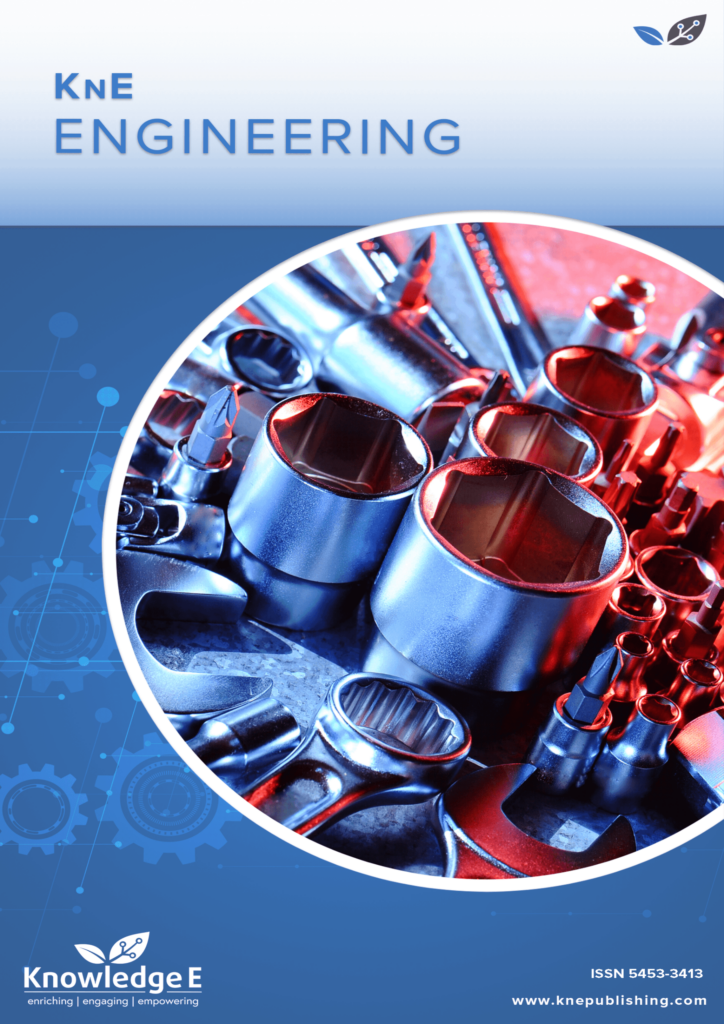
KnE Engineering
ISSN: 2518-6841
The latest conference proceedings on all fields of engineering.
Thermal Treatment on MSWI Bottom Ash for the Utilisation in Alkali Activated Materials
Published date: Apr 13 2020
Journal Title: KnE Engineering
Issue title: REMINE International Conference on Valorization of Mining and Industrial Wastes into Construction Materials By Alkali-activation
Pages: 25–35
Authors:
Abstract:
At present, most municipal solid waste incineration (MSWI) bottom ash is directly landfilled, raising concerns about environmental issues and loss of resources. Due to its high mineral content, MSWI bottom ash is now being considered as a raw material to prepare alkali-activated materials (AAMs). However, the mineral fraction unavoidably contains metallic aluminium (Al) and zinc (Zn) scraps (<1 wt.%), which easily oxidise and generate H2gas under alkaline conditions. As a result, when using MSWI bottom ash to prepare AAMs, the formation of a porous structure, as well as expansive cracks (both detrimental to strength development) can be observed. In this research, thermal treatment of MSWI bottom ash, at temperatures of 500 and 1000 °C, was performed to deal with the issue caused by metallic Al/Zn. A series of tests, including Quantitative X-ray diffraction (QXRD) analysis, fineness measurements (particle size and surface area), and the dissolution test, were conducted to examine the effects of thermal treatment on as-received bottom ash. The results indicate that it is difficult to oxidise metallic Al/Zn at 500°C, but heating up to 1000 °C can realize the complete oxidation of Al/Zn, which in turn allows the wide utilisation of bottom ash in AAMs.
Keywords: MSWI bottom ash, thermal treatment, alkali-activated materials.
References:
[1] Li, M., Xiang, J., Hu, S., et al. (2004). Characterization of solid residues from municipal solid waste incinerator. Fuel, vol. 83, no. 10, pp. 1397-1405.
[2] Sabbas, T., Polettini, A., Pomi, R., et al. (2003). Management of municipal solid waste incineration residues. Waste management, vol. 23, no. 1, pp. 61-88.
[3] Chimenos,J.,Segarra,M.,Fernández,M.,etal.(1999).Characterizationofthebottomashinmunicipal solid waste incinerator. Journal of hazardous materials, vol. 64, no. 3, pp. 211-222.
[4] Lin, K., and Lin, D. (2006). Hydration characteristics of municipal solid waste incinerator bottom ash slag as a pozzolanic material for use in cement. Cement and Concrete Composites, vol. 28, no. 9, pp. 817-823.
[5] Provis, J.L., Duxson, P., and Van Deventer, J.S. (2007) J. Geopolymer technology and the search for a low-CO2alternativetoconcrete.in:American Institute of Chemical Engineers SaltLake CityUT, United States
[6] Lancellotti, I., Cannio, M., Bollino, F., et al. (2015). Geopolymers: An option for the valorization of incinerator bottom ash derived “end of waste”. Ceramics International, vol. 41, no. 2, Part A, pp. 21162123.
[7] Wongsa, A., Boonserm, K., Waisurasingha, C., et al. (2017). Use of municipal solid waste incinerator (MSWI) bottom ash in high calcium fly ash geopolymer matrix. Journal of Cleaner Production, vol. 148, pp. 49-59.
[8] Gao, X., Yuan, B., Yu, Q., et al. (2017). Characterization and application of municipal solid waste incineration (MSWI) bottom ash and waste granite powder in alkali activated slag. Journal of Cleaner Production, vol. 164, pp. 410-419.
[9] Lancellotti, I., Ponzoni, C., Barbieri, L., et al. (2013). Alkali activation processes for incinerator residues management. Waste Management, vol. 33, no. 8, pp. 1740-1749.
[10] Xuan,D.,Tang,P.,andPoon,C.S.(2018).MSWIBA-basedcellularalkali-activatedconcreteincorporating waste glass powder. Cement and Concrete Composites.
[11] Qiao, X., Tyrer, M., Poon, C., et al. (2008). Characterization of alkali-activated thermally treated incinerator bottom ash. Waste management, vol. 28, no. 10, pp. 1955-1962.
[12] Chen, Z., Liu, Y., Zhu, W., et al. (2016). Incinerator bottom ash (IBA) aerated geopolymer. Construction and Building Materials, vol. 112, pp. 1025-1031.
[13] Qiao, X.C., Tyrer, M., Poon, C.S., et al. (2008). Novel cementitious materials produced from incinerator bottom ash. Resources, Conservation and Recycling, vol. 52, no. 3, pp. 496-510.
[14] Tang,P.,Florea,M.V.A.,Spiesz,P.,etal.(2016).Applicationofthermallyactivatedmunicipalsolidwaste incineration (MSWI) bottom ash fines as binder substitute. Cement and Concrete Composites, vol. 70, no. Supplement C, pp. 194-205.
[15] Panagiotopoulou, C., Kontori, E., Perraki, T., et al. (2007). Dissolution of aluminosilicate minerals and by-products in alkaline media. Journal of Materials Science, vol. 42, no. 9, pp. 2967-2973.